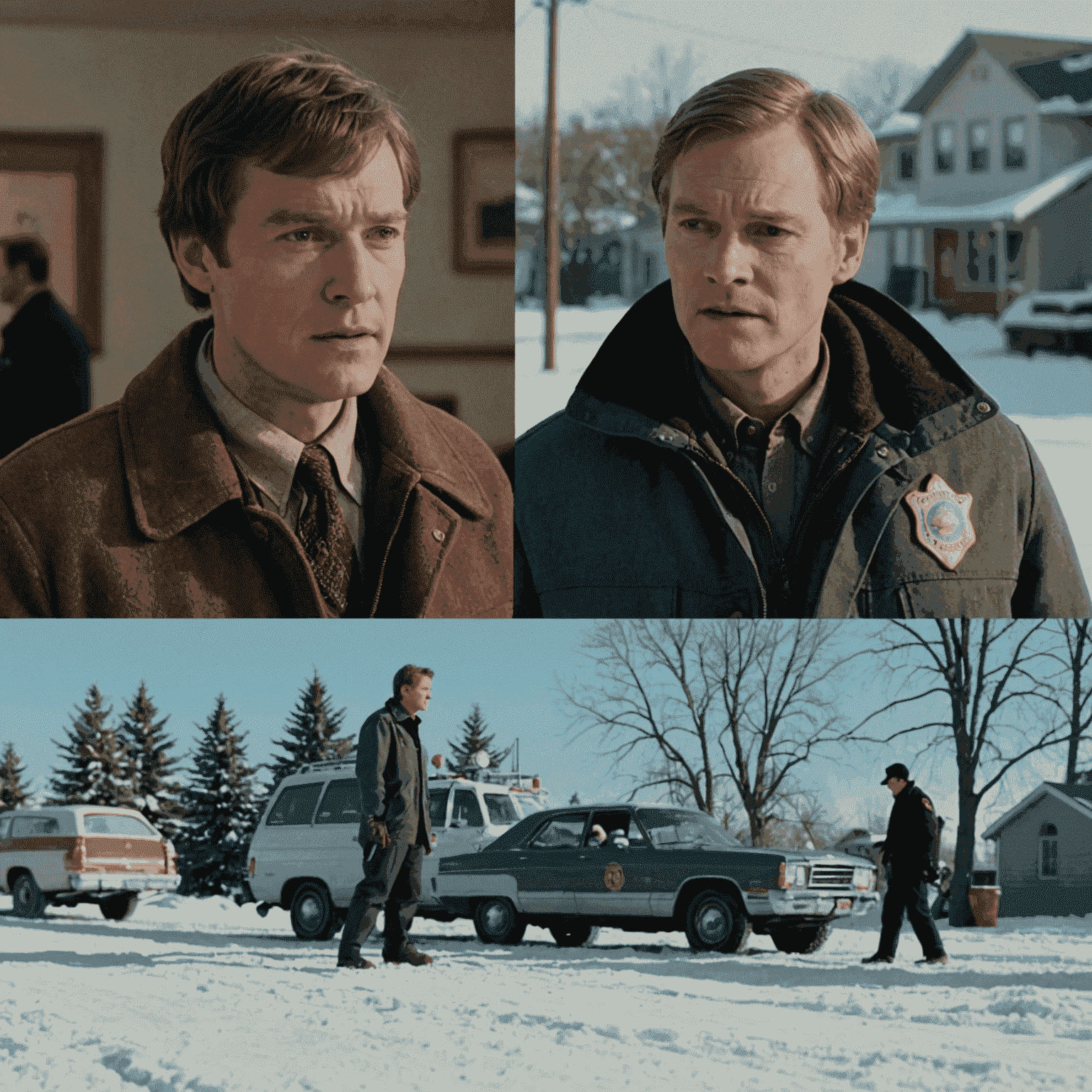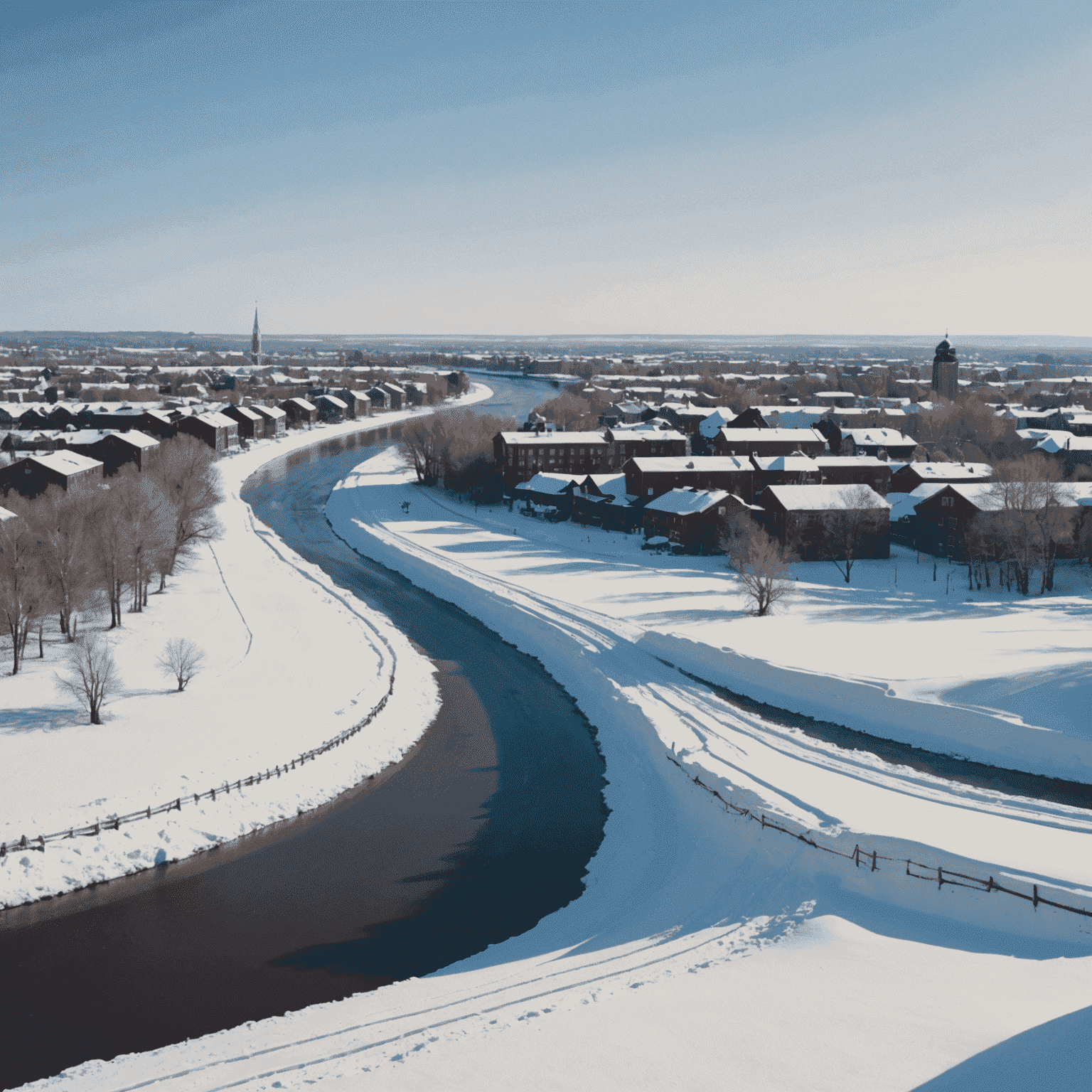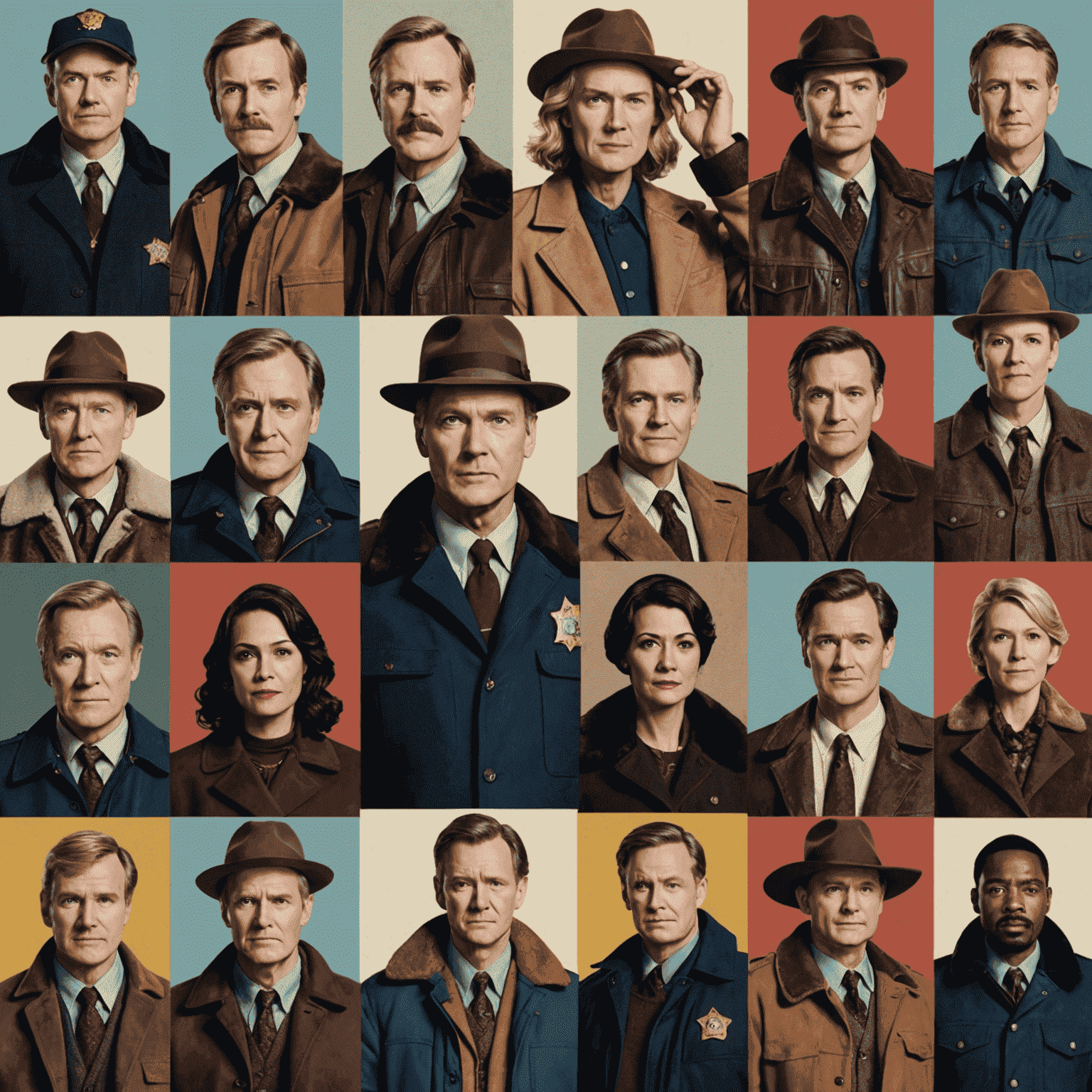The Coen Brothers' Influence on Fargo

The television series "Fargo" stands as a testament to the enduring legacy of Joel and Ethan Coen's 1996 film of the same name. While carving out its own unique identity, the show pays homage to its cinematic predecessor in numerous ways, creating a rich tapestry that both honors and expands upon the Coen Brothers' original vision.
Visual Aesthetics and Atmosphere
One of the most striking ways in which the TV series pays tribute to the film is through its visual aesthetics. The show's creators have masterfully captured the stark, snow-covered landscapes of Minnesota and North Dakota that were so iconic in the original film. This bleak yet beautiful backdrop serves as a character in itself, influencing the tone and atmosphere of the series just as it did in the movie.

Character Archetypes and Moral Complexity
The TV series also draws inspiration from the film's character archetypes. Both iterations of "Fargo" feature seemingly ordinary individuals who become entangled in extraordinary and often violent circumstances. The show expands on this concept, presenting a rotating cast of characters across different seasons who embody the same moral complexity and dark humor that made the film's characters so compelling.
Narrative Structure and Tone
While the TV series tells new stories each season, it maintains the narrative structure and tone established by the Coen Brothers. The blend of wrongdoing drama, dark comedy, and unexpected twists that defined the film is present throughout the series. Each season unfolds as a self-contained story, much like the film, allowing for a similar sense of resolution and impact.
Dialogue and Accent
The distinctive Minnesota accent and colloquialisms that were so memorable in the film are faithfully reproduced in the TV series. This attention to linguistic detail not only pays homage to the original but also helps to ground the series in a specific time and place, enhancing its authenticity.

Thematic Continuity
The TV series explores many of the same themes as the film, including the nature of evil, the consequences of greed, and the complexities of human morality. However, it does so over a broader canvas, allowing for deeper exploration and nuance across its multiple seasons.
Carving Its Own Identity
While the influence of the Coen Brothers is undeniable, the "Fargo" TV series has successfully established its own identity. By expanding the scope of the storytelling, introducing new characters and time periods, and delving deeper into the mythology of the "Fargo" universe, the show has become a worthy successor to the film rather than a mere imitation.
The series' ability to balance reverence for its source material with bold, original storytelling has resulted in a show that feels both familiar and fresh. It's this delicate balance that has allowed "Fargo" to captivate audiences and critics alike, ensuring its place as a significant contribution to the legacy of its cinematic predecessor.

In conclusion, the "Fargo" TV series stands as a masterclass in how to adapt and expand upon a beloved film. By honoring the Coen Brothers' vision while boldly charting its own course, the show has not only paid homage to a classic but has also secured its place as a modern television masterpiece.